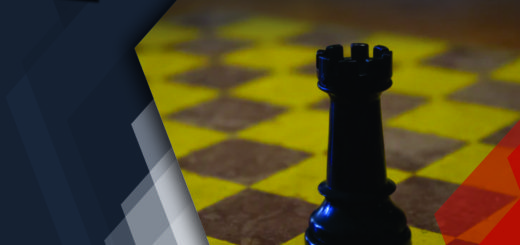Why Software Patents Are Troubling Silicon Valley Businesses?
The Silicon Valley entrepreneurs have been quick to reach to a conclusion that the patent system in US is flawed, possibly because lately they have been spending a lot of their time and resources attempting to mitigate patent and intellectual property risk related to their software inventions. However, as we dig deeper, and look for weakness in the US patent system, especially, with respect to the software patents, what surfaces is the problems with the very nature of software patents and not just the US patent laws. In this regard, the argument put forth by Nathan Myhrvold, President of Intellectual Ventures, a prominent patent licensing firm is of great value. He brings to notice the flaws in the software patents and argues that, “The US Patent System isn’t broken.”
For better understanding this, take the case of pharmaceutical patents. Patents in the pharmaceutical and chemical industries produce considerable net value and work particularly well largely due to the fact that these have well defined boundaries (not only because they have a longer patent term). It is relatively easy to determine what a chemical/biological compound is, and what it is not. Thus, every drug company relies on patents and takes those occasional patent litigation lawsuits as part of the game and do not ever blame the patent system for it.
In contrast, it is nearly impossible to determine what the valid boundaries of a software patent are. Moreover, ascertaining the meaning of patent claims of software patents and their scope is quite a task. Also, while the US patent system is as old as 200 years, software became eligible patent subject matter in recent times and since then there has been a flood of such patents at PTO that nothing could have been done to either deny examination of such applications or improvise the examination procedure. Subsequent result is higher litigation rates and a high frequency of appeals against software patents, especially by those technology companies, who have been innovating and applying for patents for a longer period of time, against those who simply copy their work.
Some very simple remedies are recommended below, applying which would largely decrease the problems related to software patents-
• Make software patent claims transparent or unambiguous by defining ways to write them and keep record of the same for reference of innovators so that they have all the information on patent boundaries. This includes strong limits on patent “continuation applications” as well, a tactic that is used to keep patent claims away from public eye for extended periods.
• Enforcing strong limits against overly abstract claims. At least patent law should prevent software patents from claiming technologies far beyond what was actually disclosed as the patented invention. For this, some subject-matter tests like the “tangible test for patent-eligibility for business method patents” may also be introduced to limit the range of software inventions that can be patented.
• Make prior-art searches feasible by including a strong requirement that patents should not be granted on obvious inventions coupled with substantially higher renewal fees.
• Discourage renewal of low-value patents thereby reducing the cost of FTO searches
Conclusion
There is, indeed, a problem of deterioration of patent “quality” and invalid software patents are blocking standards besides creating a lot of legal and financial risks that most companies in Silicon Valley can’t afford. However, not all software patents are bad patents (lacking novelty or obviousness), as the general perception is. So, though patent reform is the need of the hour, the flaws in the patent system are not to be blamed for it completely. In lieu, there is a need to address broader improvements, like in patent notice (that notify the public of the existence of the patent) so that the patent examination is facilitated and takes place on clearer, predictable patent boundaries. That will not only address the problem of the patent litigation “explosion” but would also effectively control it.




